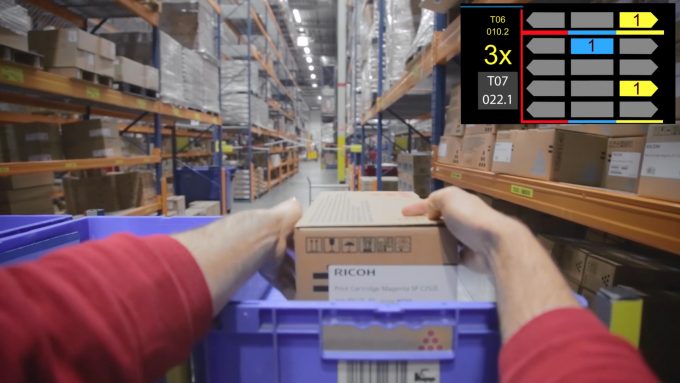CMA CGM and PSA in hi-tech tie-up to support start-ups targeting digital solutions
CMA CGM continues to push digitisation in container shipping via an agreement this week with global port operator ...

The integration of wearables into the logistics and maintenance industries has yet to see widespread adoption despite being mooted as a potential game-changer.
Why such technologies have failed to take off is due to a variety of factors, but what is apparent is that – regardless of whether wearables to date have lacked the mobility or security capabilities to fully support the ways in which we now work – those capabilities are rapidly building, and organisations remain keen and willing to ...
Trump tariffs see hundreds of cancelled container bookings a day from Asia
'Disastrous' DSV-Schenker merger would 'disrupt European haulage market'
'To ship or not to ship', the question for US importers amid tariff uncertainty
'Chaos after chaos' coming from de minimis changes and more tariffs
List of blanked transpac sailings grows as trade war heats up and demand cools
EC approves DSV takeover of DB Schenker
Forto 'sharpens commercial priorities' as it lays off one-third of staff
Shippers in Asia restart ocean shipment bookings – but not from China
India withdraws access for Bangladesh transhipments, in 'very harmful' decision
'Tariff hell' leaves industries in limbo – 'not a great environment to plan'
IndiGo fleet expansion plan will include a major push to boost cargo volumes
Pre-tariff rush of goods from US to China sees air rates soar, but not for long
De minimis-induced ecommerce demand slump could cripple freighter operators
'Restoring America's maritime dominance' – stop laughing at the back of the class
Hapag 'took the bigger risk' when it signed up to Gemini, says Maersk
Navigating tariffs: 'like trying to solve a Rubik's cube while colour-blind'

Comment on this article